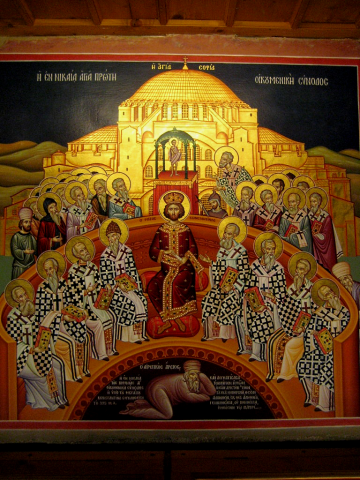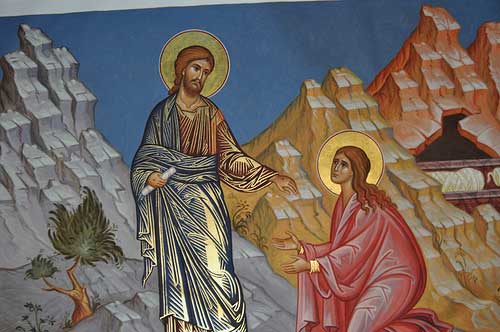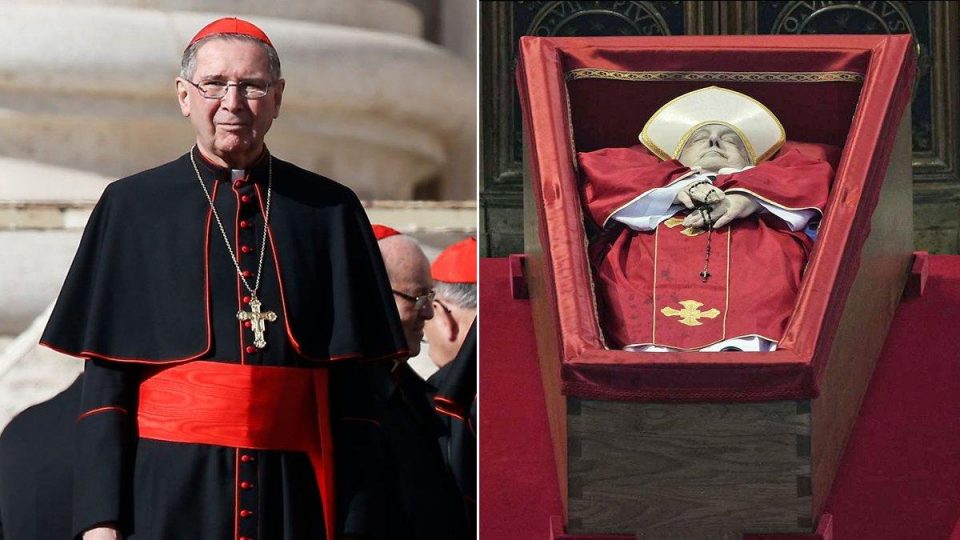Fr. Brian A. Graebe: One Creed to Unite Them All

Good News Continues to Stir in Washington, D.C., by John Zmirak
February 14, 2025
Trump Admin Reveals Pentagon Gave $100 Million to Reuters; $9 Million for Program Called ‘Large Scale Social Deception, by Emily Mangiaracina
February 14, 2025
Icon from the Monastery of Great Meteoron in Thessaly, Greece, representing the First Ecumenical Council of Nicaea 325 A.D., with the emperor, Constantine, enthroned and with the condemned Arius at the bottom.
By Fr. Brian A. Graebe, The Catholic Thing, February 13, 2025
Fr. Brian A. Graebe, S.T.D., is a priest of the Archdiocese of New York. He is the author of Vessel of Honor: The Virgin Birth and the Ecclesiology of Vatican II (Emmaus Academic).
Note: Be sure to tune in tonight – Thursday, February 13th at 8 PM Eastern – to EWTN for a new episode of the Papal Posse on ‘The World Over.’ TCT Editor-in-Chief Robert Royal and contributor Fr. Gerald E. Murray will join host Raymond Arroyo to discuss the health of Pope Francis, the pope’s reaction to the immigration policies of President Trump, and other issues in the global Church. Check your local listings for the channel in your area. Shows are usually available shortly after first airing on the EWTN YouTube channel.




